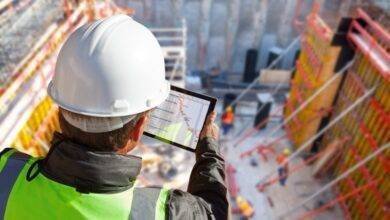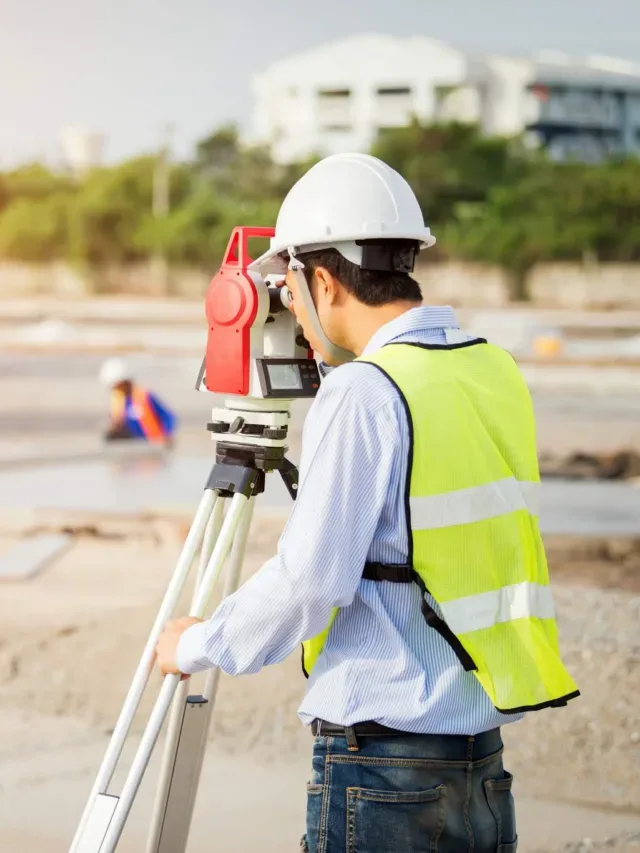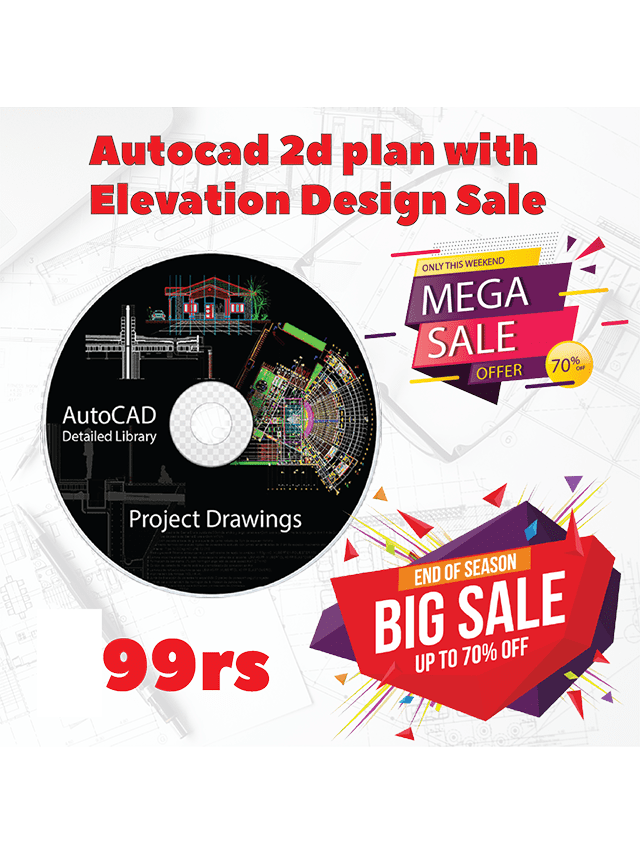BRIDGE Components & their classification of bridge

BRIDGE Components & their classification of bridge
Components & their classification of bridge
bridge refers to a structure that is developeid to extent over physical obstaclesas well as provide passage for the road, railway, pedestrians, a canal or a pipeline. The obstacles to be spanned may belong to a river, aroad, railway or a valley.
Designs of bridges are based on the function of the bridge, the type of the terrain where the bridge is built up and anchored, the required material for developing it, and the existing funds to constructit.
Bridges are classified in various ways.
General categories containthe type of structural elements applied, by what they bear, either they are static or transportable, and by the materials used.
Bridges are also categorized by how the forces of tension, compression, bending, torsion and shear are dispersed throughtheir structure. Maximum bridges will make use of all of the primary forces to some degree, but only a few will prevail.
In a suspension or cable-stayed span,the elements in tension will vary according to shape and placement. In other cases the forces are dispersed amid numerous members, as in a truss, or not evidently clear to acasual observer as in a box beam
Categorization of Bridges (in relation to form (or) type of superstructures)
1. Slab bridge
5. Cable stayed (or)suspended bridge
Categorization of Bridges (in relation to materialof construction of superstructure)
1. Timber bridge
8. Aluminum bridge
Categorization of Bridges (in relation to inter-span relationship):
1. Simply supported bridge
3. Continuous bridge
of Bridges (in relation to the location of the bridge floor corresponding to superstructures):
1. Deck through bridge
2. Half through or suspension
bridgeCategorization of Bridges in relation to the method of connection of different part of superstructures:
1. Pinned connection bridge
2. Riveted connection bridge
3. Welded connection bridge
In relation to length of bridge:
1. Culvert bridge(less than 6 m)
2. Minor bridge(less than 6 m-60m)
3. Major bridge(more than 60 m)
4. Long span bridge(more than 120 m)
In relation to function:
1. Aqueduct bridge(canal over a river)
2. Viaduct(road or railway over a valley or river)
3. Pedestrian bridge
4. Highway bridge
5. Railway bridge
6. Road-cum-rail or pipe line
bridge Components & their classification
bridge refers to a structure that is developed to extent over physical obstacles as well as provide passage for the road, railway, pedestrians, a canal or a pipeline. The obstacles to be spanned may belong to a river, a road, railway or a valley.
Designs of bridges are based on the function of the bridge, the type of the terrain where the bridge is built up and anchored, the required material for developing it, and the existing funds to construct it.
Bridges are classified in various ways.
General categories containthe type of structural elements applied, by what they bear, either they are static or transportable, and by the materials used.
Bridges are also categorized by how the forces of tension, compression, bending, torsion and shear are dispersed through their structure. Maximum bridges will make use of all of the primary forces to some degree, but only a few will prevail.
In a suspension or cable-stayed span,the elements in tension will vary according to shape and placement. In other cases the forces are dispersed amid numerous members, as in a truss, or not evidently clear to acasual observer as in a box beam
Categorization of Bridges (in relation to form (or) type of superstructures)
1. Slab bridge
2. Beam bridge
3. Truss bridge
4. Arch bridge
5. Cable stayed (or)suspended bridge
Categorization of Bridges (in relation to materialof construction of superstructure)
1. Timber bridge
2. Concrete bridge
3. Stone bridge
4. R.C.C bridge
5. Steel bridge
6. P.C.C bridge
7. Composite bridge
8. Aluminum bridge
Categorization of Bridges (in relation to inter-span relationship):
1. Simply supported bridge
2. Cantilever bridge
3. Continuous bridgeCategorization of Bridges (in relation to the location of the bridge floor corresponding to superstructures):
Categorization of Bridges (in relation to the location of the bridge floor corresponding to superstructures):
1. Deck through bridge
2. Half through or suspension bridge
Categorization of Bridges in relation to the method of connection of different part of superstructures:
1. Pinned connection bridge
2. Riveted connection bridge
3. Welded connection bridgeIn
relation to length of bridge:
1. Culvert bridge(less than 6 m)
2. Minor bridge(less than 6 m-60m)
3. Major bridge(more than 60 m)
4. Long span bridge(more than 120 m)In
relation to function:
1. Aqueduct bridge(canal over a river)
2. Viaduct(road or railway over a valley or river)
3. Pedestrian bridge
4. Highway bridge
5. Railway bridge
6. Road-cum-rail or pipe line bridge









